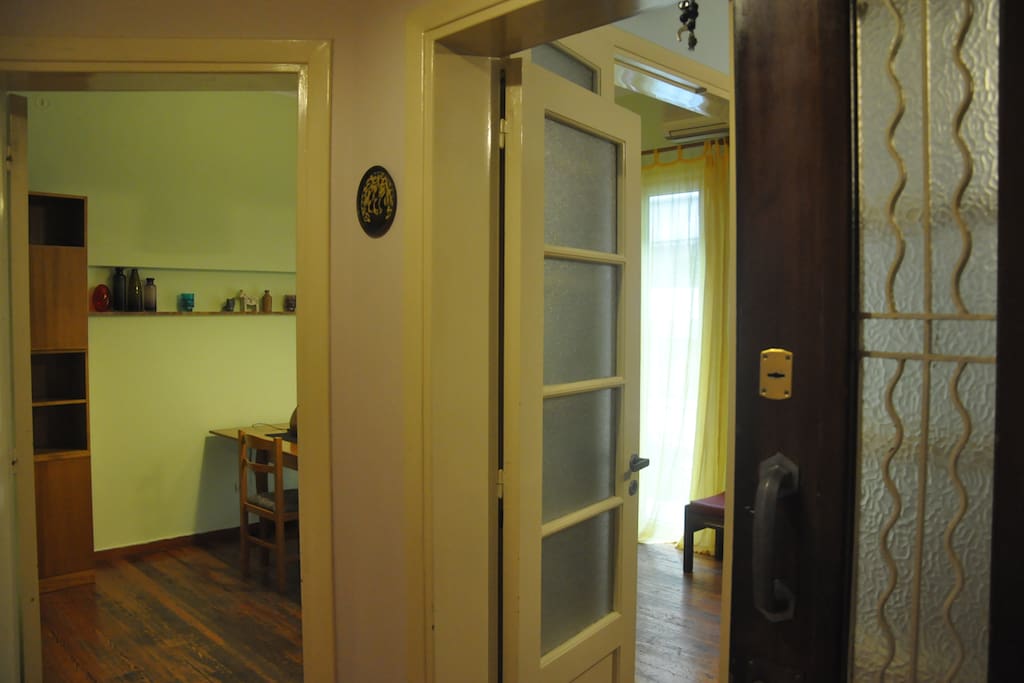In the third part of this series of guest posts on the value of softness and soft training in martial arts, Thong Nguyen a veteran martial arts instructor and teacher of dance offers his own unique perspective on the subject: soft work as an essential component of developing body awareness and perfecting movement BEFORE proceeding to dynamic application. For those of you that haven't read the previous installments of the series, here is Grigoris A. Miliaresis' post on the Ju No Kata of Judo and Mark Lajhner's post of incorporating soft work in combat sports. What I personally find most interesting in this series, is that each of the contributors approaches the subject from a rather different viewpoint, continuously offering additional insight. Enjoy the post!
SOFT WORK: DETECTING SUBTLE NUANCES OR, 'THE FLY LANDING ON A FEATHER'
As a lifelong teacher of dance and martial arts I find soft work and kata an invaluable tool for learning any skill. Kata can range from the stationary exercises found in Qi Gong to Judo's slow moving Ju No Kata, to Kung Fu's dynamic forms. They serve to develop and educate a understanding of the body on a somatic level with minimal brain intrusion.
I consider kata to be the body's ultimate muscle-body-memory trainer. It helps students in evaluating their internal, physical and mental processes. The kata itself is but a part of the benefit. The greater benefit is in how the students learns to find and remove their debilitating barriers/habits in attempting new and unfamiliar tasks. A self-imposed learning curve if you will, stemming from a lack of confidence and connection to their own bodies. The slower the kata the better it permits the students to pick up on subtleties in order to correct them. Imagine trying to detect the weight of a fly that has landed on a kettlebell you're holding, as compared to one that has landed on the tip of a feather in your hand. Slow work enables your whole body to move and feel like that feather. You'll better detect nuances and variances in movement. When a student finally "sees" his body and its idiosyncrasies it is like the first time he heard a recording of his voice - he can't believe it isn't the sexy voice he always thought he had.
At my dance studio, the first thing a beginner is taught are foot patterns: where to go directionally, on which foot to step and where. Then, they're introduced to the foot work; how the foot first contacts the floor- heel, ball, flat, toes, inside edge of toes etc. Then, styling: how the upper body accompanies the lower body during the weight shifts. Next comes rhythm, timing and synchronicity to music. Only after these are reasonably executed is a partner added. The recipe is methodical and by the numbers, which begs the question: "How would that translate in application on a crowded dance floor?" The following video shows me dancing with a girl I'd only just met that night. Once ALL knowledge, coordination, mobility, timing, rhythm and consistent results are addressed and resolved, the "hard work" phase comes naturally with regular exposure, practice and experience. This is the method I use in teaching martial arts. Without it, "free-play" is a messy blur. With it, things come into focus and start to make sense.
There are no shortcuts or panaceas for building lasting skills, only a clear understanding of what to do, how to do it, when to do it and the determination to do it. Real learning can't be rushed. Katas provide a way to groove and polish the essential basics. Learn the techniques (soft work) in order to throw them out (application of hard work). Professionals know if they can't perform under a controlled scenario, they will never last a real one.
Enjoy your Path,
Thong Nguyen
Thong Nguyen
Thong Nguyen was born into a martial arts family. His uncles were masters of various Asian arts and his father was a Judo champion. This provoked a curiosity and an openness at an early age. He holds Dan grades and teaching certificates in Japanese, Korean, Indonesian, Filipino, Vietnamese and Russian martial arts. He has been teaching dance along with martial arts for over 38 years based in Washington, DC. He developed KaizenTao (www.kaizentao.com) 24 years ago as an amalgamation of his primary expertise in Dance, Chinese and Japanese arts and professional sports. His students are renown for being a fun and respectful group of people spanning a wide spectrum from professionals at the forefront of local and national security to dedicated martial artists to those with no experience in combative forms. He also worked as a fashion photographer in Paris, Milan, NY, LA, and DC.




No comments:
Post a Comment